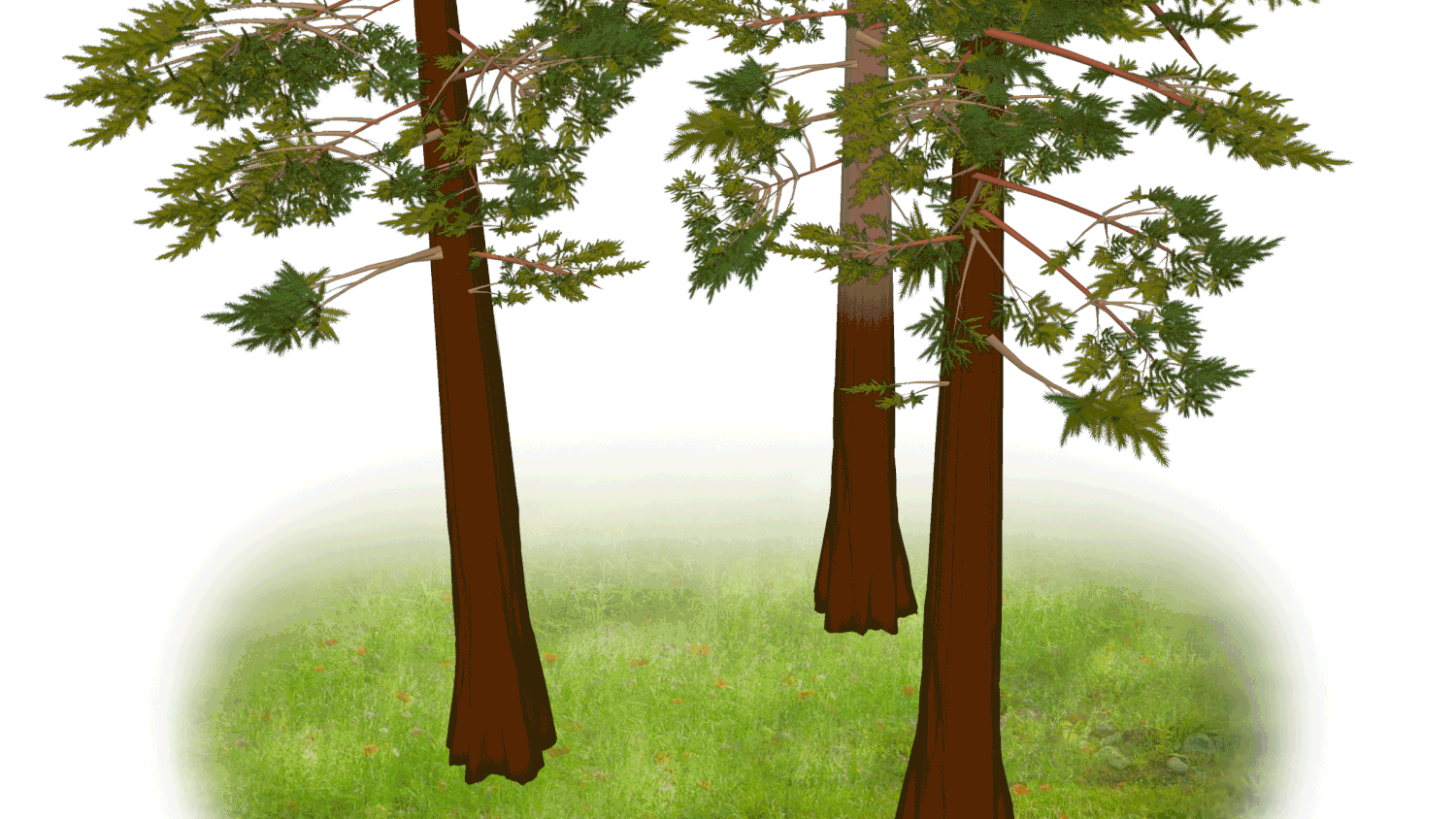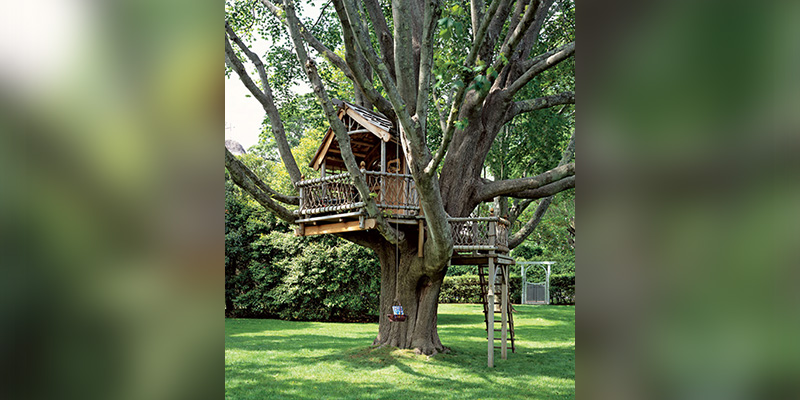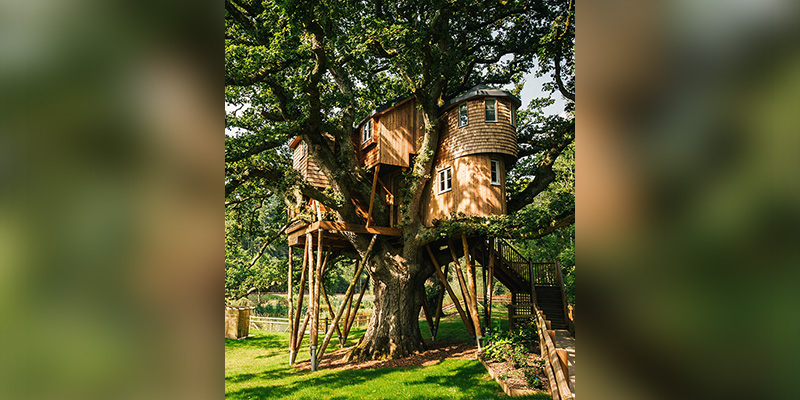The treehouse problem
or how to avoid scaling mistakes at your early-stage startup

Floating high in the branches of the Redwood forest, the Pinecone Treehouse is a true miracle.
Climb the steep wooden ladder and immerse yourself in 360-degree views of the forest's upper canopy. Allow the healing power of this forest environment and this awe-inspiring structure to sing you into complete relaxation, imagination, and reflection.
The Pinecone Treehouse is a unique architectural treasure, and experiencing it is truly one-of-a-kind.
The company behind it has built 85 stunning treehouse structures around the world, which have been featured in design publications and major media outlets such as HGTV and NBC News.
Recently, they have shifted their focus and are innovating their business model by creating a new type of treehouse.
The Treewalker Tent is a culmination of our field-tested experience. The design allows for relatively simple integration with the natural environment, allowing us to prefabricate the entire structure in our warehouse and promptly install it on site.
Why did they change their approach?
Because the Pinecone Treehouse doesn’t scale
The new design they are developing is more modular and reproducible on a large scale, allowing them to expand their business. To achieve this, they likely had to completely re-think and redesign the treehouse experience from the ground up.
Creating a new product sometimes feels like building a treehouse
Let’s imagine you’ve just created your first product. It looks like this:
As you're just beginning, the product is relatively basic, but it's a solid MVP.
You've received some initial interest and it seems people are enjoying it.
You've received positive feedback indicating that your product has the potential to solve a specific problem.
You listen to the customers, refine your product, and take it to the next level:
And you get positive feedback. Great! You feel like you’re on the right track!
Eventually, after a couple more iterations, you end up with this monstrosity:
It doesn’t look like a treehouse anymore, but conceptually it certainly is. You created a product your customers love. Now you want to scale it? Well, good luck with that. I have bad news for you.
Do you have any idea how hard it is to come across a tree like that?
Yet, you have built your entire product around that specific type of tree.
Despite designing a solid product, it seems that you've hit a roadblock. Despite listening to customer feedback and making improvements, it's ultimately holding you back.
If your goal was to create a product that could expand and grow, you should have considered a different approach from the beginning. You should have designed a more lightweight and adaptable treehouse:
What if the treehouse didn’t require a tree at all so that your customers could turn it into a glamping tent?
There’s nothing wrong with creating a niche product, but if you want to build a company that scales you have to keep this in mind
This is something I experienced firsthand when working on a product for millennial travelers active on social media. We could’ve created a niche product for a small subset of travelers:
But After conducting user research, we altered our approach to prevent this particular outcome.
As designers, we possess powerful tools that enable us to gain a deep understanding of the customer.
These same tools can also be used by the company to make strategic decisions.
By taking a broader perspective and helping the company to better understand the customer, we can prevent the "treehouse problem" and position the company for long-term success.







